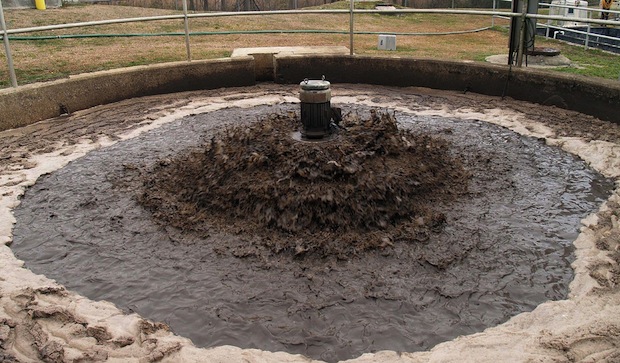From Fast Company here, "Batteries That Run On (And Clean) Used Toilet Water":

"Environmental engineer Bruce Logan is developing microbial fuel cells that rely on wastewater bacteria's desire to munch http://www.blogger.com/img/blank.gifonhttp://www.blogger.com/img/blank.gif organic waste. When these bacteria eat the waste, electrons are released as a byproduct--and Logan's fuel cell collects those electrons on carbon bristles, where they can move through a circuit and power everything from light bulbs to ceiling fans. Logan's microbial fuel cells can produce both electrical power and hydrogen, meaning the cells could one day be used to juice up hydrogen-powered vehicles."
From Wired's Gadget Lab here, "Power the Stereo by Driving Through Potholes":

"By drawing energy from vibrations, tiny sheets of piezoelectric material can provide free power to anything that moves or shakes. The battery-less sensors can take the motion from a car on bumpy asphalt or a loaded clothes dryer, for example, to give supplemental energy to a device.
Piezoelectric technology has been around since the late 19th century and can be found in microphones and phonographs working under simple principles. Under kinetic stress, crystals on a sheet of piezoelectric material become electrically polarized, which produces energy."
From the NewScientist Tech here, "Metal droplets could put power in your step":
"The energy lost as heat while you walk is enough to power a small light bulb, but previous attempts at turning walking into wattage are too low-powered to be useful. Now an energy-harvesting technique based on the flow of microscopic liquid droplets promises much higher power levels, and could let you charge your smartphone with a stroll.
Tom Krupenkin and Ashley Taylor, engineering researchers at the University of Wisconsin, Madison, based their new technique on the principle of electrowetting. Here, the shape of a liquid droplet sitting on a liquid-repelling surface is changed by applying voltage to the surface."

No comments:
Post a Comment